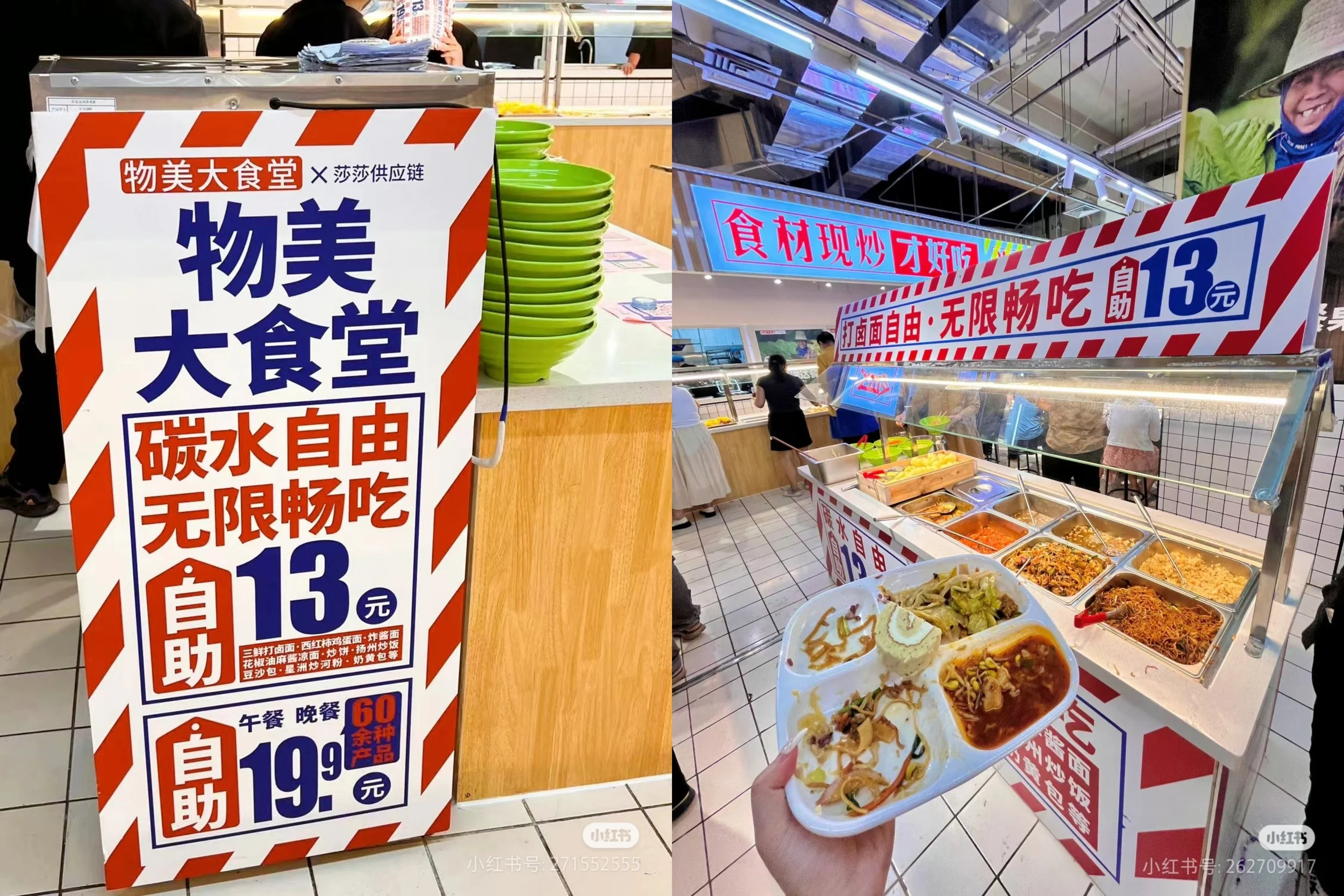Lessons from Xianyu: how foreign brands can thrive in China's evolving retail landscape
The new Xianyu store in Nanjing. Source: The Nanjinger
China’s retail landscape is rapidly evolving, and one of the most striking recent developments is Xianyu’s expansion from an online platform to offline circulation stores. Xianyu (also known as Idle Fish), originally Alibaba’s second-hand goods marketplace, has embraced an innovative hybrid model that blends commerce, community, and culture. While Xianyu operates in the resale space, its strategies provide valuable lessons for foreign brands looking to deepen their presence in China. Here’s what we can learn from its approach.
1. The Power of a Hybrid Online-Offline Model
Xianyu’s move into physical retail is a testament to the growing importance of blending online and offline experiences (O2O). While many foreign brands focus heavily on e-commerce in China, Xianyu shows that offline touchpoints can enhance digital engagement. Its circulation stores serve as community hubs where users not only shop but also interact and engage with the brand in new ways.
For foreign brands, this means considering experiential retail rather than just selling products. Creating flagship stores or pop-ups that integrate technology, personalization, and social engagement can drive both brand loyalty and conversions. By syncing offline experiences with online platforms, brands can offer seamless customer journeys that deepen engagement and build trust.
2. Adapting Store Formats to Consumer Behavior
Xianyu has developed a multi-format store strategy, catering to different consumer needs with community stores, regional centers, specialty stores, and pop-ups. This flexible model acknowledges that Chinese consumers shop in varied ways, depending on location and interest.
Foreign brands should consider a localized store strategy, adapting formats based on region, demographic, and behaviour. A one-size-fits-all approach rarely works in China, where consumer preferences vary dramatically between tier-1 megacities and lower-tier cities. Boutique stores in high-traffic areas, experiential spaces for niche audiences, and smaller, convenience-driven formats for suburban markets can all play a role in a well-rounded retail strategy.
3. Creating Community-Driven Commerce
Xianyu’s circulation stores are not just transaction points; they foster community engagement through curated experiences, themed events, and collaborative partnerships. By integrating cultural and social elements, Xianyu turns shopping into an interactive, shareable experience.
Foreign brands can take inspiration by integrating community-building initiatives into their retail strategies. Hosting workshops, brand ambassador programs, and social events can foster deeper connections with consumers. In China, where brand trust is built through word-of-mouth and shared experiences, tapping into interest-based communities (e.g., fitness, sustainability, tech enthusiasts) can be a powerful way to drive engagement and advocacy.
4. Leveraging Local Collaborations to Deepen Cultural Relevance
One of Xianyu’s most unique strategies is its collaboration with local artists, museums, and cultural institutions to create exclusive products and experiences. This helps differentiate its stores and makes them a destination beyond mere retail.
Foreign brands should explore localized co-branding opportunities to resonate with Chinese consumers. Collaborating with local designers, KOLs (Key Opinion Leaders), or even well-known Chinese brands can help create unique, culturally relevant products that generate buzz. Limited-edition drops tied to Chinese festivals, pop culture trends, or regional pride can boost exclusivity and demand.
5. A Modular, Scalable Approach to Expansion
Xianyu’s "1+N+2" expansion model - a central store, multiple smaller touchpoints, and recurring themed events - allows it to scale efficiently while maintaining local relevance. This approach ensures broad coverage without over-investing in fixed locations.
Foreign brands can learn from this by adopting a modular expansion strategy. Instead of rolling out large-scale stores across China, testing a combination of flagship stores, pop-ups, and community-based spaces allows for agility and market adaptation. This minimizes risk while allowing for real-time learning before full-scale expansion.
Conclusion: The Future of Retail in China Lies in Experience and Community
Xianyu’s success is rooted in its ability to blend digital and physical retail, adapt formats for different consumers, foster community engagement, collaborate locally, and scale flexibly. For foreign brands in China, these strategies offer a roadmap for creating meaningful, experience-driven retail models that go beyond simple transactions.
As China’s retail environment continues to shift, brands that focus on community, culture, and adaptability will be best positioned to capture the attention and loyalty of Chinese consumers. Whether entering the market or expanding further, integrating these lessons can help foreign brands thrive in China’s competitive landscape.






























KFC's marketing success and then threatened boycotts provide valuable insights about marketing in China